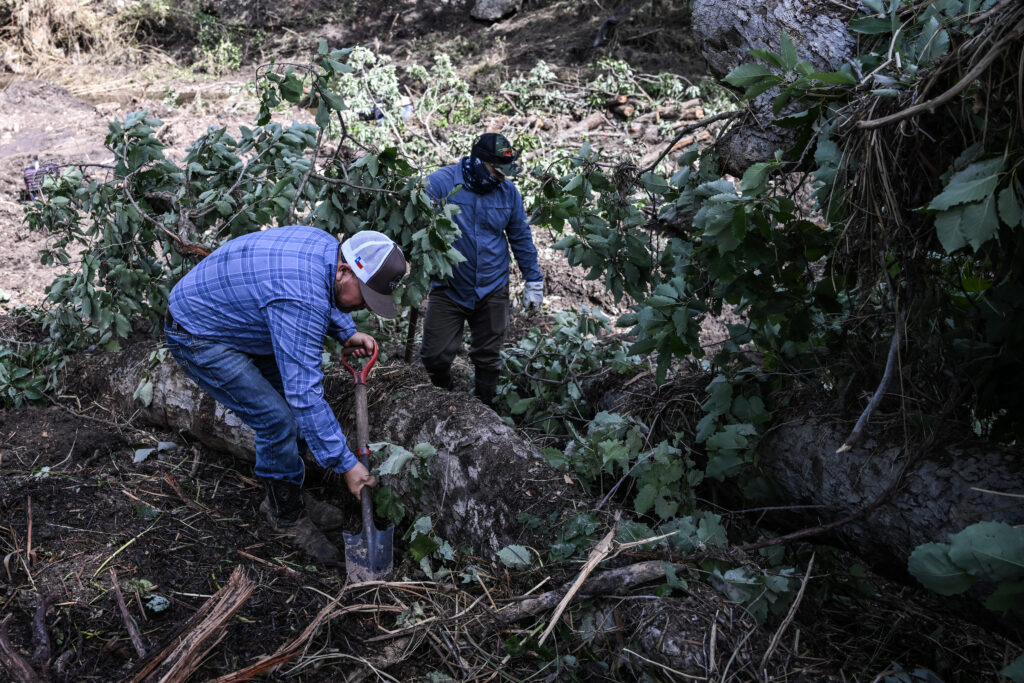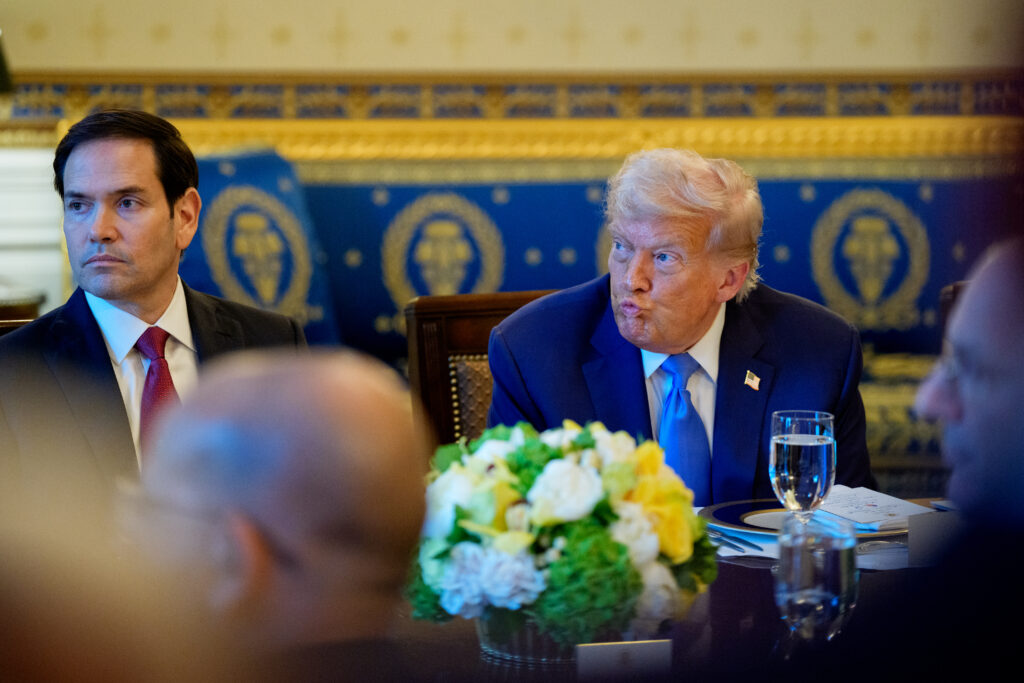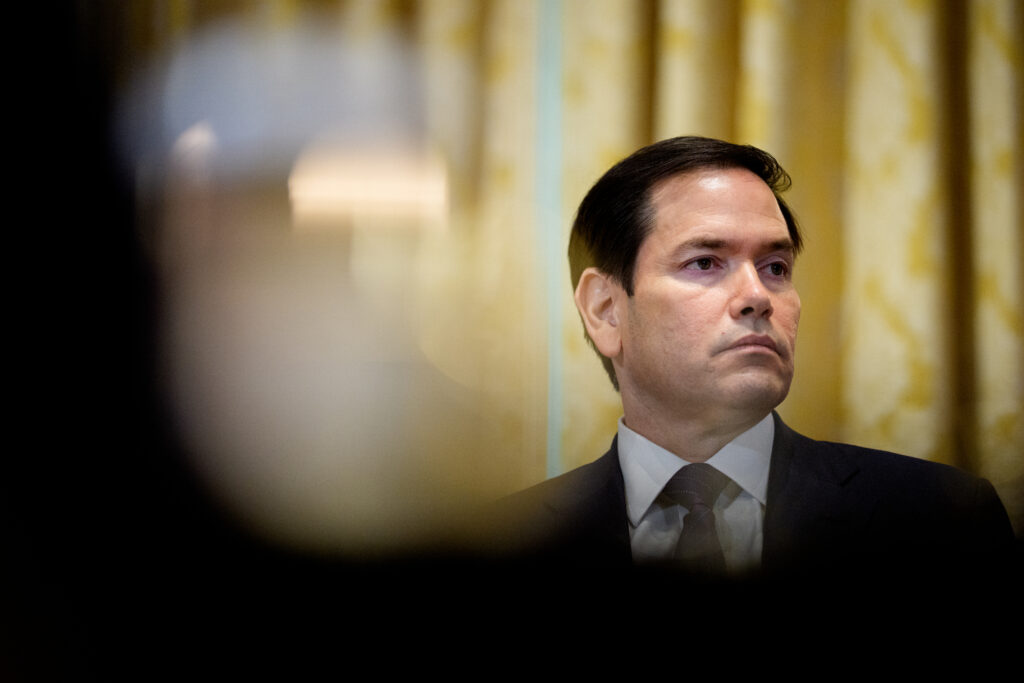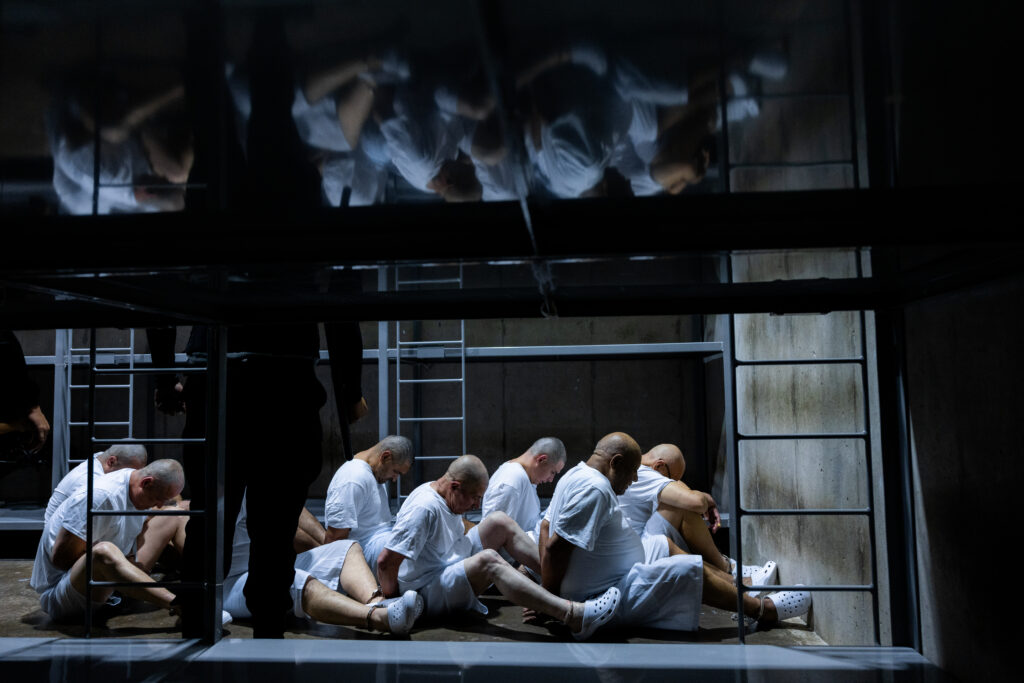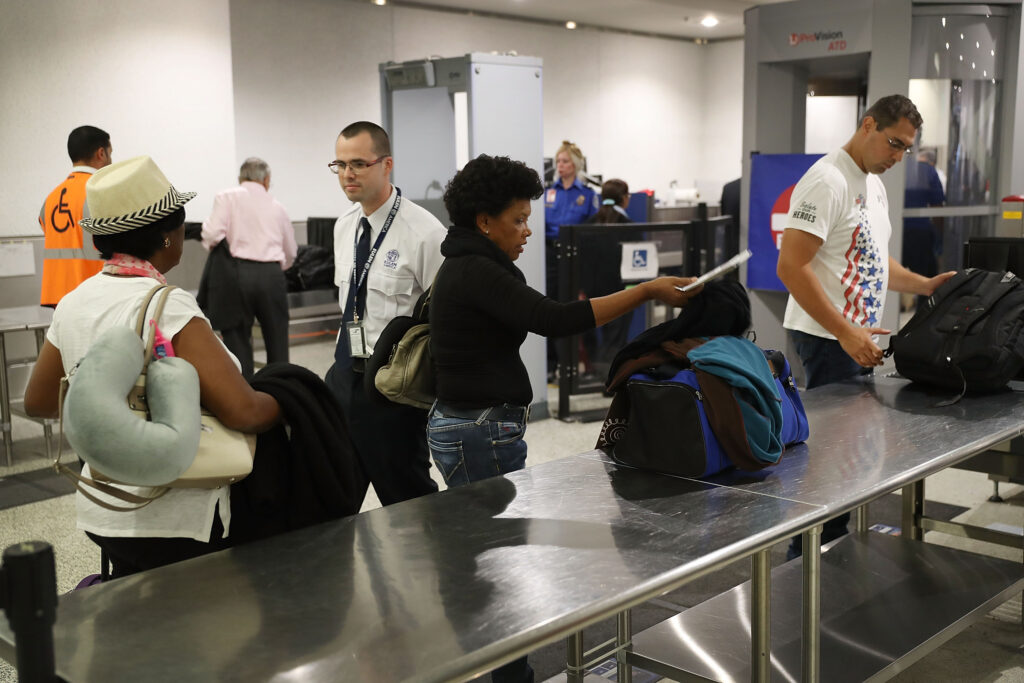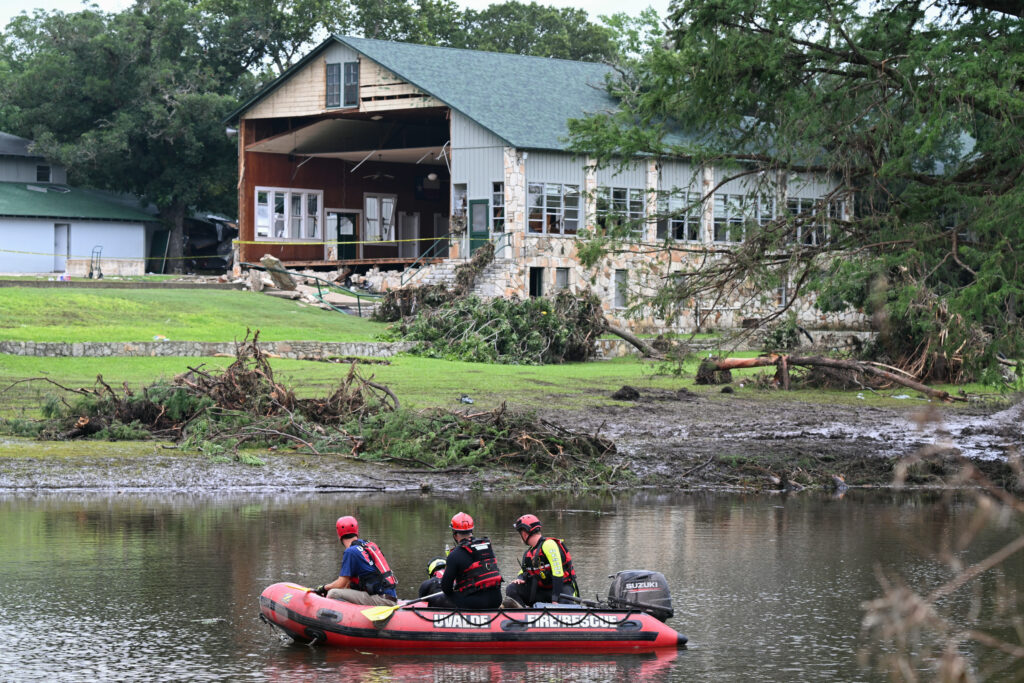Searching for Grandma Alicia after Texas floods
While digging through deep mud, Javier Torres remembers weekends spent at his grandmother’s house, fishing in the Guadalupe River — the same river that likely buried her under debris.Alicia Olvera turned 68 two weeks ago. Her eight children, 25 grandchildren and three great-grandchildren threw her a party at her daughter’s house near Austin, the state capital of Texas.Alicia then returned to the small community of Hunt, on the banks of the river where she lived with her 70-year-old husband, Jose Olvera, for two decades.She was there in the early hours of Friday, July 4, when heavy rains caused the river to burst its banks, sweeping everything away and killing at least 100 people. More than 160 are still missing. When her relatives heard the news, they called her but to no avail. So they launched a search mission.They navigated blocked roads and were finally able to reach Alicia’s house on Saturday morning.Everything was covered in mud. The pool where Javier, 24, used to play with his cousins was a swamp, while the house was surrounded by mud several meters high. While digging, the first person they found was Jose, Alicia’s husband. “He was buried in the mud, next to a truck. We pulled him out, but he was no longer alive. He was next to a boy and a girl,” who had been swept away by the current, Javier explained.At the site, the family placed three wooden crosses and set up a small altar. But there was no sign of “Grandma.” “We’re still searching for my mother. We’ve been searching since Saturday and haven’t had any results,” said Angelica Torres, 48, Alicia’s daughter. “We’re talking to the community if they can send us more help because that’s what we want most: to find her. I’d like her alive, but at this point, we’ve lost hope.”- Neighbors of Camp Mystic -Alicia’s home is a five-minute drive from Camp Mystic, the summer camp that was devastated by the flood, and where 27 of the 750 girls camping there lost their lives. On Tuesday, the belongings the girls left behind had been neatly placed at the doors of each cabin at the camp. Military helicopters were still flying overhead while authorities visited the camp. The official rescue effort has been reinforced by volunteers. Brett Lang arrived at Alicia’s house with his three search dogs, combing the area for any traces. Unfortunately, there were no signs.Meanwhile, just as they were together for her birthday, Alicia’s children, and their children’s children, gather to dig through every inch of earth to find their grandmother. From this house, her children always left happy and well-fed. “We felt very comfortable when we came here. She loved to cook, we always spent time eating, and she wanted to make her tamales the whole time we came,” said Angelica. Alicia’s daughter gathers the strength in the face of what seems inevitable. “I’ve talked to her a lot, telling her that we love her, we always threw her a party…I want to find her, even if she’s different now, but I want to have her there for what comes next, as God intended. I ask God for that miracle.”
